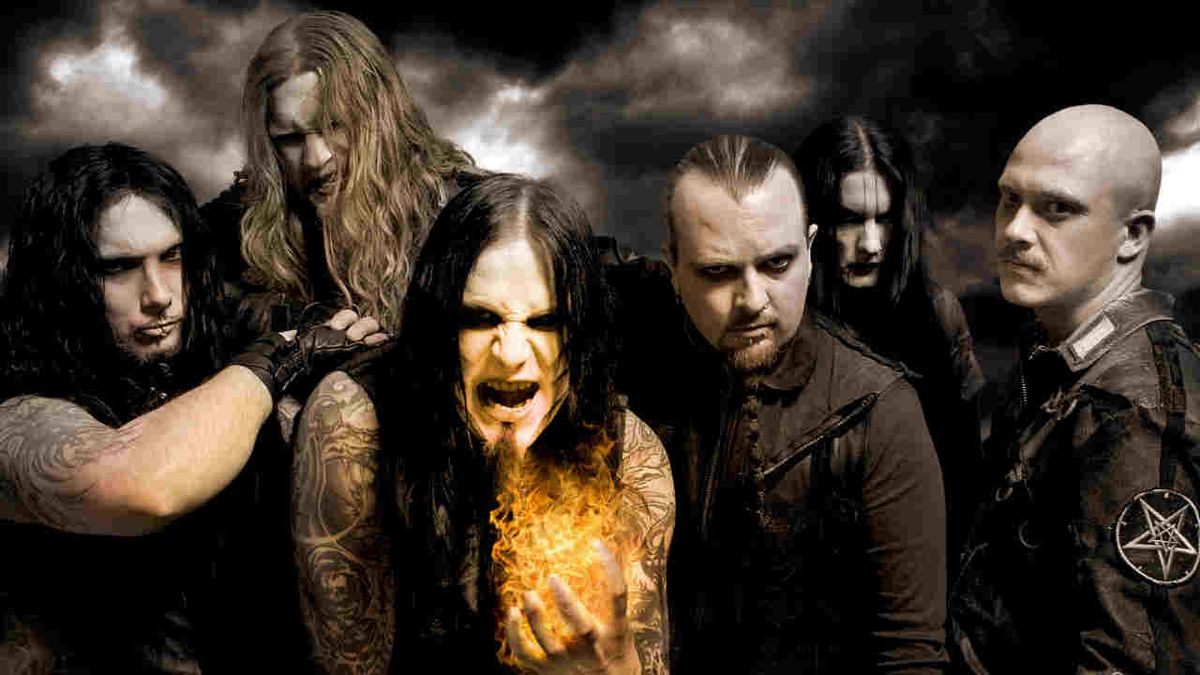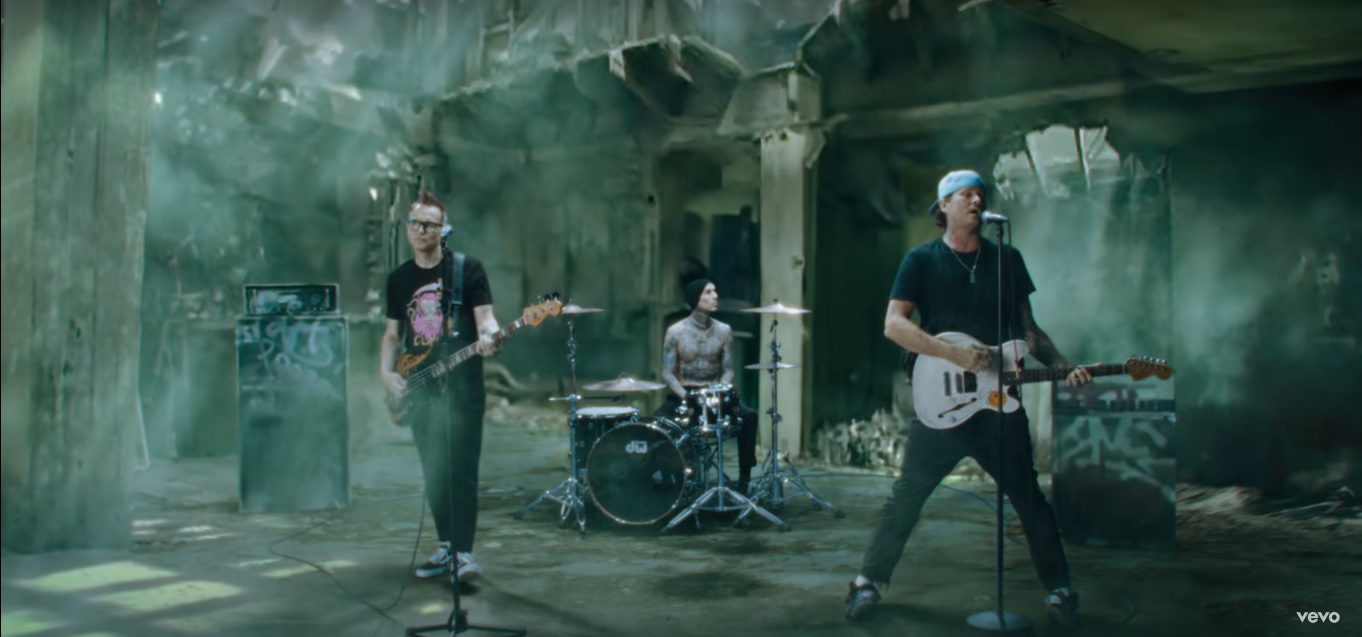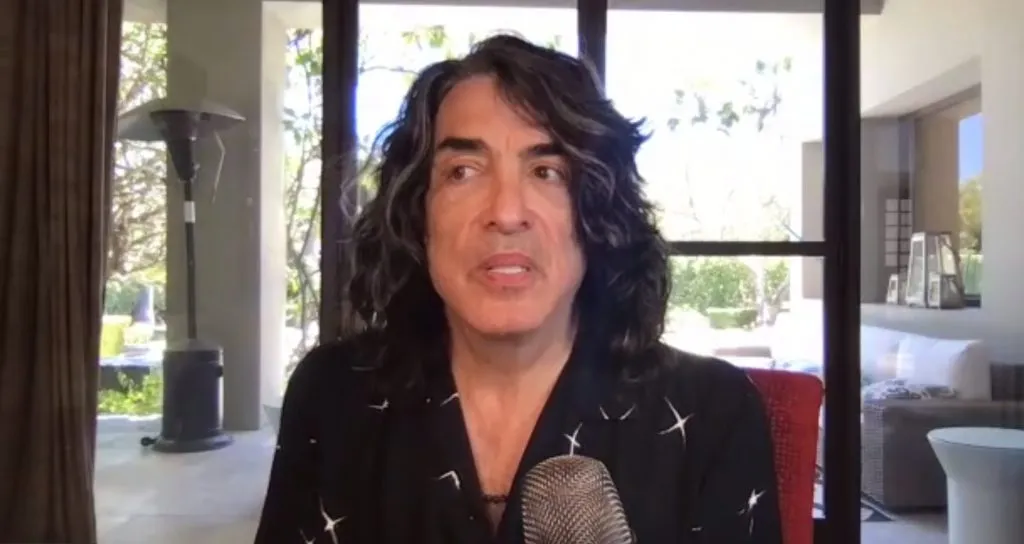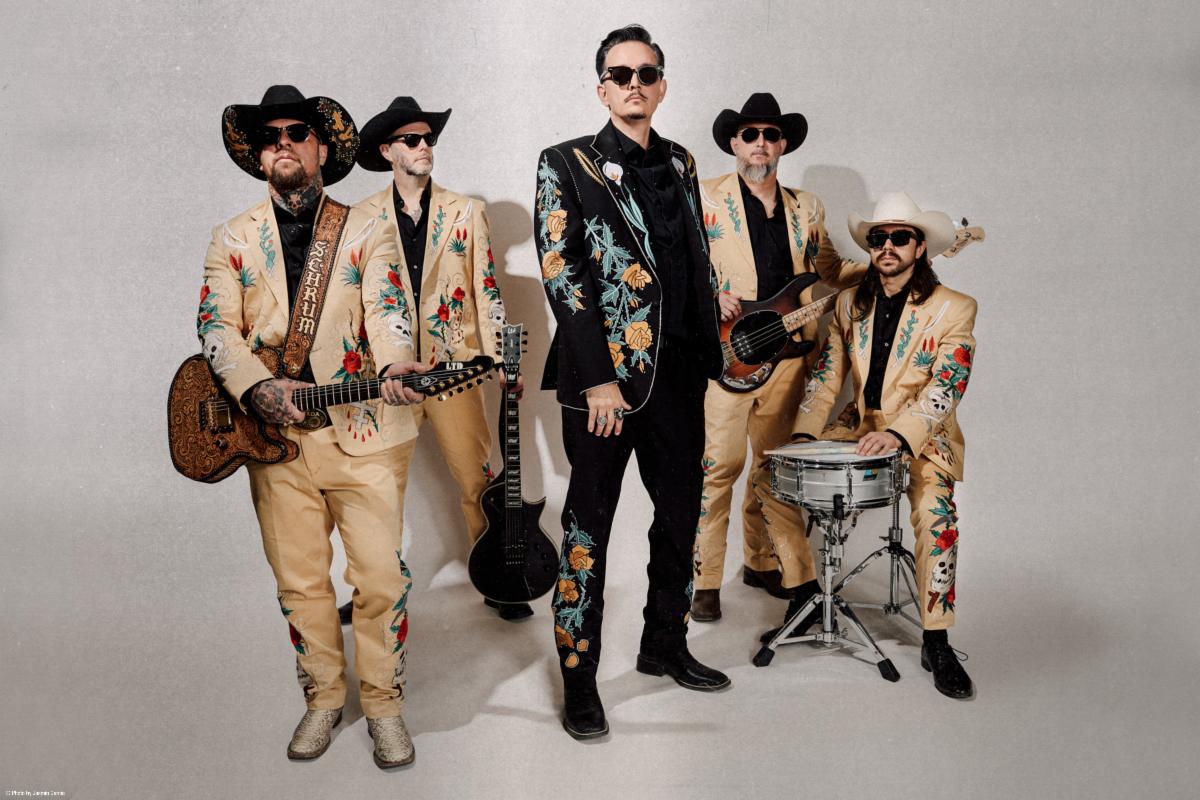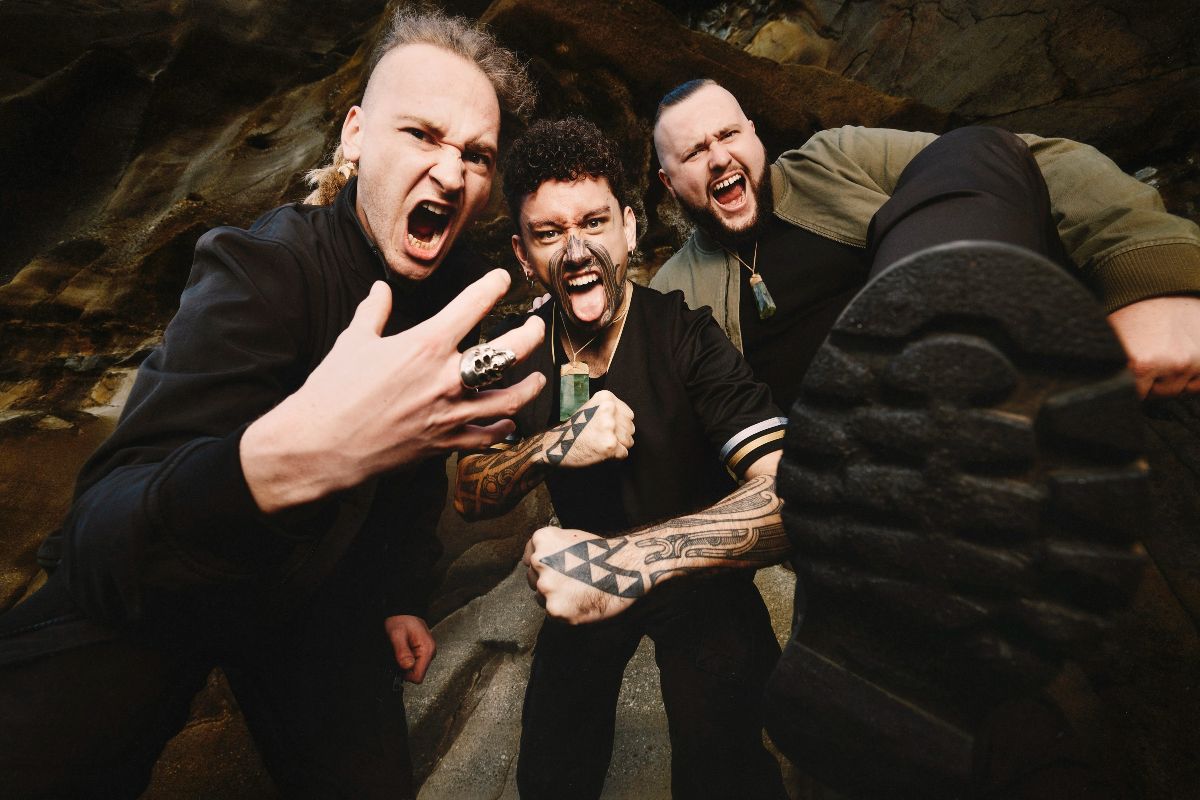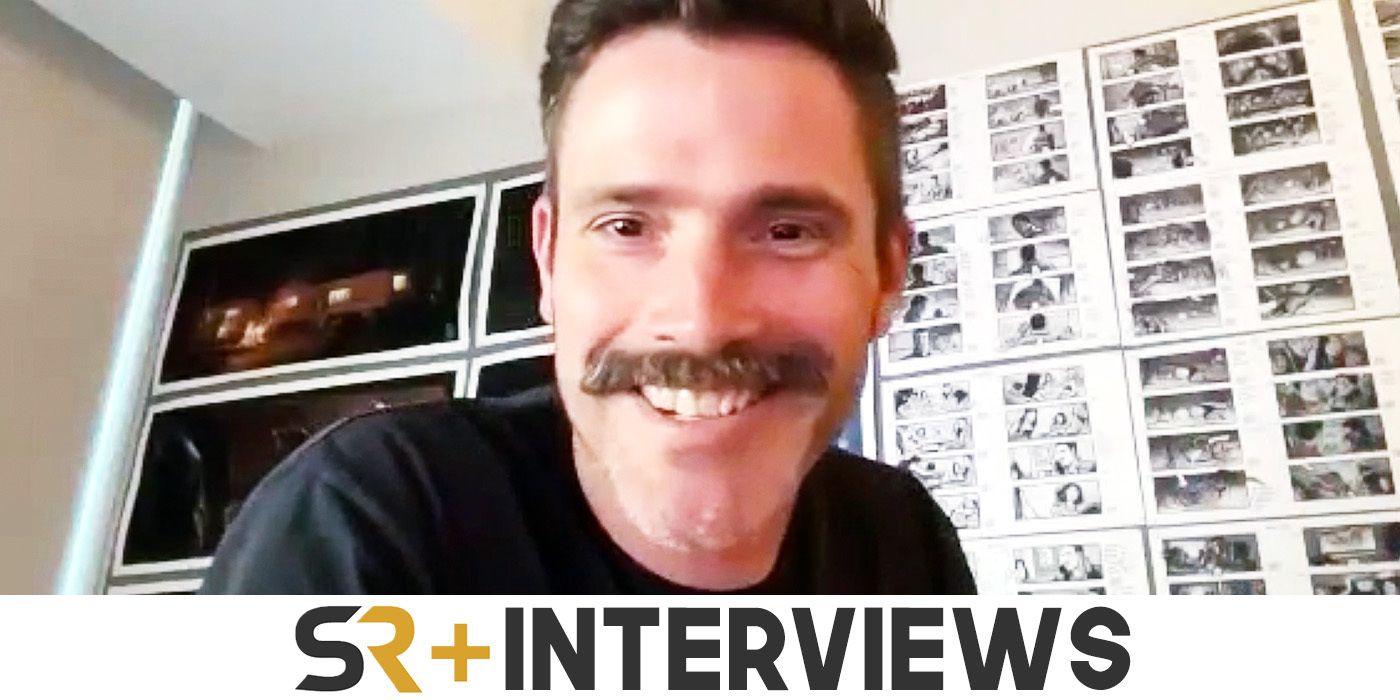
An epic saga is coming to a close with Jurassic World Dominion. The film acts as a conclusion to the Jurassic Park and Jurassic World trilogies, with humanity struggling to coexist alongside the freshly-released dinosaurs. Meanwhile, doctors Alan Grant, Ian Malcolm, and Ellie Sattler investigate a dark conspiracy within BioSyn, the former rival to Jurassic Park financier InGen.
The ensemble cast of Jurassic World Dominion sees the returns of Chris Pratt, Bryce Dallas Howard, Laura Dern, Jeff Goldblum, Sam Neill, BD Wong, and Omar Sy, as well as the franchise debuts of DeWanda Wise and Mamoudou Athie.
SCREENRANT VIDEO OF THE DAY
Related: Jurassic World Dominion’s Biggest Draw Was Its Main Flaw
In honor of the film’s home media release, Screen Rant spoke exclusively with ILM visual effects supervisor David Vickery to discuss Jurassic World Dominion, the challenges of its various environments, his favorite dinosaur to create, and more.
Screen Rant: You’ve been with ILM for quite a while now, but the Jurassic World franchise launched in 2015. In my research, I only found credits for you for Fallen Kingdom and this one. Were you involved at all in the first Jurassic World?
David Vickery: Not in the first Jurassic World, no, my first foray into the land of dinosaurs was Jurassic World: Fallen Kingdom and then I did Battle at Big Rock, which I’m sure, as a fan, you’ve seen and then Jurassic World Dominion. So it’s been five years of my life spent with dinosaurs, which has been wonderful.
What have been some of the biggest challenges for you exploring this dinosaur world mixed with the modern day?
David Vickery: You know, I face many challenges in breathing life into dinosaurs and I think there’s a sort of weight and responsibility that I feel on my shoulders, as well, in paying a sort of service to the fans who are so passionate about the film and know such a huge amount about dinosaurs.
But also, walking in the footsteps of legends like Dennis Muren and Phil Tippett, who made the industry, our industry of visual effects, what it is and kicked started this whole thing with Jurassic Park that’s quite a thing to grow up with. As a young man, seeing Jurassic Park and being completely blown away by it, and then to become part of that legacy feels kind of crazy to even say that out loud, if I’m honest. That’s a big thing for me.
But then actually, technically, Jurassic World Dominion really pushed the envelope in terms of feathers. That’s a huge creative and technical challenge that we had set before us on the film, but also just trying to realize these creatures in so many different environments, in snow and ice and in the forest and in the hot desert sun, in Malta and in really urban environments, as well as the sort of traditional jungle environments that we’re used to seeing them.
This is easily the most diverse range of locations we’ve seen in the Jurassic Park franchise yet. Was there any particular setting that you found the most challenging to work with?
David Vickery: One of the biggest challenges we had from an environment perspective was Biosyn Valley. This was a massive puzzle that we pieced together from a number of different locations around the world, we were near Vancouver Island and in parts of Squamish, we referenced a lot of the forest line from that area for the basin and the bowl of Biosyn Valley itself.
But we also went to the Swiss Alps and we scanned a dam, the Grande Dixence Damn, which is this huge dam which freezes over every winter. We scanned that and we scanned a whole bunch of the mountains around it, we went to the Dolomites and flew helicopters around the Dolomites and scanned those. Then this was just a massive puzzle that we had to piece the digital bits of this environment back together and combine it with the physical sets that Kevin Jenkins and his team built to create the digital version of Biosyn Valley.
It’s all been sourced from real locations and real places and then pieced back together, but Biosyn ended up being a fully digital creation that we could go to any piece of, whether it was the icelake or whether it was down in the actual valley itself, where some of the scenes take place.
It flows very seamlessly, so kudos to you on that. With Jurassic World Dominion, we saw Colin Trevorrow return to the director’s chair over J.A. Bayona on the last film, what’s that like for you working with two different filmmakers, but still being set in the same universe?
David Vickery: Working with different directors is something you get very used to as a visual effects supervisor, but it’s very rare that you get to work on the same franchise with two different directors and J.A. Bayona and Colin Trevorrow have very different styles, aesthetically. Jurassic World: Fallen Kingdom had an aspect ratio of of 2:35, t’s widescreen, and Jurassic World Dominion went back to the 2:1 aspect ratio that Colin Trevorrow invented for the first Jurassic World. Even just from the aspect ratio of the film, our goals changed and that changes how you fit a dinosaur in the frame and how you compose every single shot.
But I was very used to working with Colin, because he wrote the script on Fallen Kingdom, he and I collaborated and he directed Battle at Big Rock, [which is] behind me, so I spent a lot of time with him on set through Fallen Kingdom. I knew how he worked, he knew what I did, he kind of interviewed me as a supervisor on Big Rock, in many ways, and we get on really well together, so Colin’s such a good collaborator. He really is good at using the heads of department and the creatives around him to inspire him, bringing him ideas, and he’s really decisive as well, as a director. He knows what he wants and he tells you, but he’s open to suggestions for other ideas. So it was really good fun collaborating with him on this one.
Well, that’s always awesome to hear of that collaborative process behind the scenes. With that said, what would you say were your and Colin’s biggest goals coming into this film, in comparison to Big Rock and Fallen Kingdom?
David Vickery: That’s a great question, as well. The big goals that I could see that Colin was laying down in front of us for this film were to truly understand what it would be like if dinosaurs existed in our world. That was the big pitch, it was what happens if humans and dinosaurs interact, and what does that look like. So seeing creatures in as many different types of environment as we could, whether it be this sort of snowy forest that we see Blue and Beta running through, all the Apatosaurus in the lumberyard or the hot Malta sun. So, that was a massive challenge and it was a massive kind of directive that Colin had for us going into the film.
I think one of the other ones was not sort of correcting the sins of the previous films, because not having feathers on dinosaurs in Jurassic Park and Jurassic World was because science didn’t believe that dinosaurs had feathers at the time that those movies were created, so the characters have been established, but to try to give back to the fanbase and establish that, “Okay, we can have feathers in a Jurassic franchise.” That’s something that people have been crying out for for a long time and that’s kind of the reason that the Dilophosaurus came back, because the fans wanted to see the Dilophosaurus, so Colin wanted to give back all of the love and time that people have poured into the franchise by going to see it and supporting it. Colin wanted to give back.
As a fan of the franchise yourself, was there any particular dinosaur, whether it be the Dilophosaurus or any of the other roster of dinosaurs that are in this film, that you were most excited to help bring to life when you joined the franchise?
David Vickery: That’s an easy one. For me, the best dinosaur in the franchise is, at the moment anyway, the Therizinosaurus, it’s such an amazing creature. [Chuckles] If you look at a concept of the Therizinosaurus, it’s seven meters tall, kind of like an ostrich, got a massive beak, meter-long baseball claws and feathers all over it. It doesn’t look real and you don’t understand how a creature like that could have existed, it’s so bizarre. But the process of breathing life into that in visual effects was really a labor of love.
Working on the digital feathers, we built a new feather system at ILM in Houdini, which allowed us to procedurally generate all the feathers on the creatures. Then it gave the artist the ability to simulate feathers and wind and water and snow and ice and bring all of those simulations into the same piece of software, so that they could all interact with each other beautifully. It lent a layer of reality and believability to those simulations, that is why the shots look so fantastic, and it’s testament to the fantastic artists at ILM that pulled that off, but it’s my favorite creature.
It was quite the wild creature to see on the screen.
David Vickery: The tension in the scene, as well, it was beautifully directed and acted by Colin and Bryce. But the animators at ILM did such a fantastic job of setting the tension and the poise and the slow movement, the slow creeping movement of the Therizinosaurus in that scene, is really a testament to their great work.
I couldn’t agree more. I know that this film was made during the COVID pandemic and we’ve heard from a lot of studios about the issues of working on visual effects from home. What was it like for you and your team to have to put this massive film together during this hectic time in the world?
David Vickery: The pandemic had a number of effects on us, really, in that we’d been shooting for three or four weeks and then we got locked down and nobody could film and we stopped. But visual effects actually carried on, we pivoted within a space of about 48 hours, ILM pivoted the entire team to be able to work from home securely, and we carried on. We were working on the post-vis, which is taking the plates that we’d already shot and putting temporary versions of dinosaurs into those so that editorially, it could tell the story and Colin could commit to an edit that he could then turn over to us to do the visual effects work on.
But it also had another effect in that we have massive sequences that were staged outside of the UK, the sequence in Malta, for example, where we suddenly decided not to send our main unit to Malta, at all. So Bryce and Chris never went to Malta, so we had to pivot and understand how, from a visual effects perspective, we could integrate them into second-unit photography shot in Malta and make us, make the audience, believe that they actually went to that location.
We had to shoot multiple array plates, tracking vehicles running down streets with three or four cameras capturing background plates for us. We scanned huge swathes of Valetta city streets digitally, so that we could rebuild them in in post-production and insert plates of Chris and Bryce on green screen into those shots to create the seamless effect that they actually went to Malta and filmed that.
Critics were a little more divided on Jurassic World Dominion, but audiences have remained very positive on this film. What was it like for you seeing the two spectrums of response to Dominion when it came out?
David Vickery: I mean, it’s always disappointing when critics’ expectations of a film don’t meet the reality of what they see. But do you know what, what I really care about is that I went and enjoyed the movie and hundreds of millions of other people have also gone and enjoyed the movie, and the box office speaks volumes. People really love this film and it’s such a great roller coaster of a movie, I think the visual effects have done a lot more than just supported the film, they crafted a wonderful piece of film history and I’m very proud to be part of it.
I remember when the trailers were first coming out there was the guy on the scooter scene that just became a viral meme. Are you aware of that and, if so, what do you think of that becoming a kind of meme?
David Vickery: I think that missed me. [Laughs] The guy on the scooter is a competition winner, he won a competition to be eaten by a dinosaur. I think in pre-production, Chris had announced this competition and everybody entered and this guy won, so my kind of memory of that whole thing is that we got lumped with this idea that suddenly we were creating some sort of composite to get a guy from America who’d won a competition into a plate that was in Malta. We had to work out how we could put that all together with visual effects. [Laughs] So the scooter meme thing missed me, I’ll have to look it up now.
It was certainly a moment that caught me off guard and I think it’s one that’s become good both within and outside of its initial context.
David Vickery: These movies are just about having fun, isn’t it? It’s such a fun moment, so unexpected. Without that comic element, that slightly comic element to these films, they would be terrifying, they’ll be horror movies, and you need this sort of comic side of any Jurassic film or it just becomes Predator. People being eaten by animals, which is pretty scary when you think about it.
Before I let you go, you are also coming up on Avatar: Way of The Water, which is pretty exciting. That’s another one where weren’t involved in the first one, but you now are a VFX supervisor for the second, what’s that experience been like for you, coming into this hugely anticipated thing?
David Vickery: I’m only working on ILM, we’re working on a portion of the film, I’m certainly not the visual effects supervisor, I am one of the supervisors, I am for ILM. [Chuckles] That’s a pretty exciting thing to be part of, I gotta say, Avatar broke fresh ground in the world of visual effects and filmmaking and, as Jurassic did in its time, so I’m very excited to be part of this second one.
Can you give me any kind of tease of what we can expect in terms of comparing it to the first one?
David Vickery: I’d get fired if I did. [Laughs]
Jurassic World Dominion Synopsis
Two worlds collide as the epic saga that began with Jurassic Park comes to a grand conclusion in JURASSIC WORLD DOMINION. Directed by Colin Trevorrow and executive-produced by Steven Spielberg, the director of the first two Jurassic Park films, JURASSIC WORLD DOMINION takes place four years after Isla Nublar’s destruction when dinosaurs roam the Earth again. Facing the cataclysmic consequences of a planet once again dominated by prehistoric predators, two generations of Jurassic heroes unite as doctors Ellie Sattler (Laura Dern), Ian Malcolm (Jeff Goldblum) and Alan Grant (Sam Neill) return to join Owen Grady (Chris Pratt) and Claire Dearing (Bryce Dallas Howard) for an incredible adventure that will determine the destiny of humans and dinosaurs once and for all.
Check out our previous interviews with Jurassic World Dominion stars Chris Pratt, Bryce Dallas Howard & DeWanda Wise, Laura Dern, Mamoudou Athie, Isabella Sermon, and Jeff Goldblum, as well as director Colin Trevorrow. And come back for more interviews, as well as a peak behind the scenes of the stunts!
Jurassic World Dominion hits shelves on 4K Ultra-HD, Blu-ray, and DVD on August 16.



